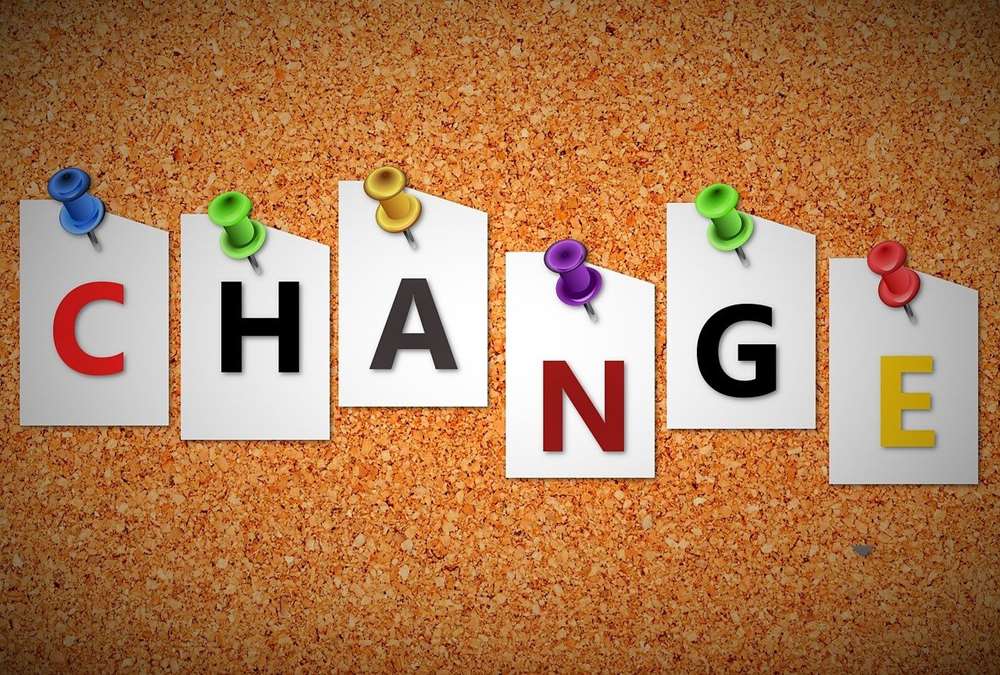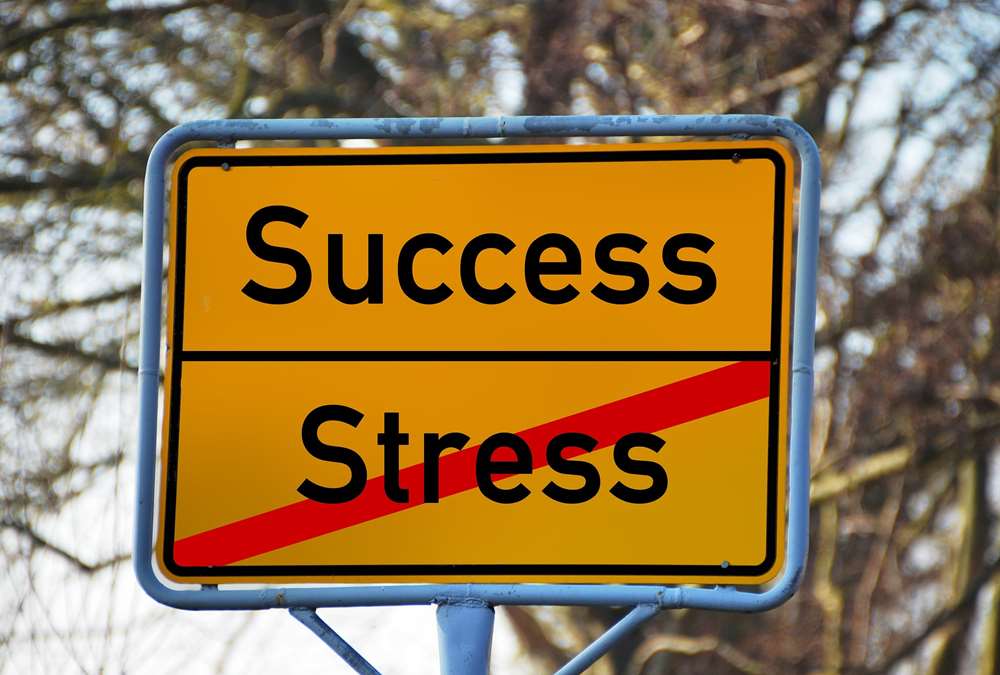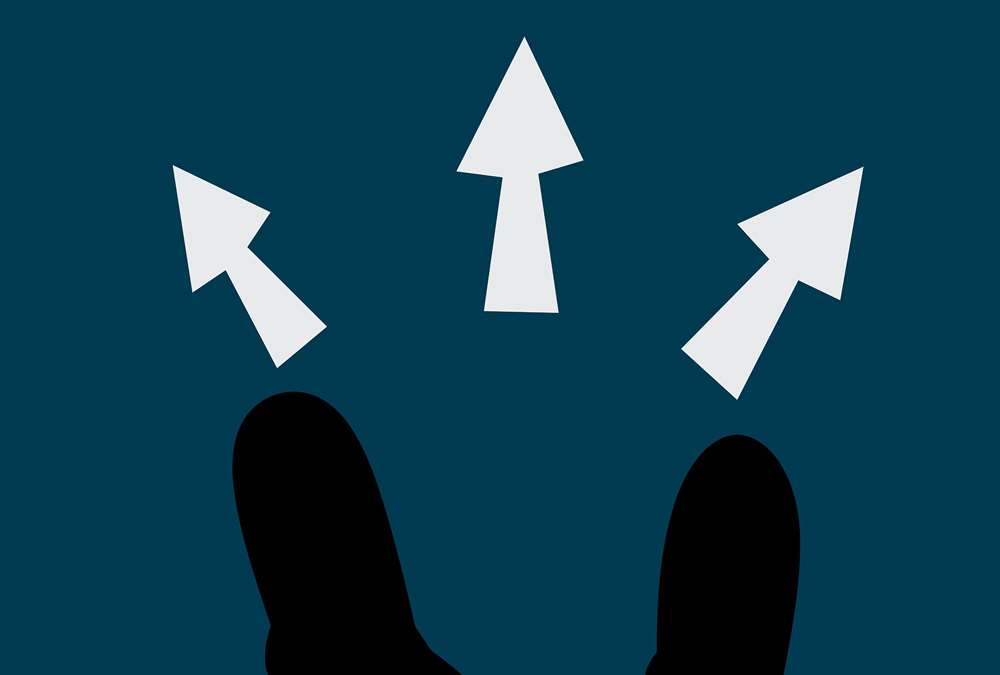
Leadership Skills – Change Management
“Some people change when they see the light, others when they feel the heat.”
brings you the best training material on Coping with change. In this section, we will discuss change, our attitudes and reactions to change, myths and realities of change, and skills to help us deal with change. It is one of life’s paradoxes that change is one of the few constants in our lives. It is therefore important for us to be able to understand the nature of change and develop strategies to deal with change.
Explore the Change Leadership Toolkit on how to manage change, so you can enjoy less stress and more success in your work and in your life.

Stress is a product of the hustle and bustle of modern life. It has taken on serious dimensions since the emergence of industrialism. In fact, stress is a natural, continuous, dynamic and interactive process that occurs when people adapt to their environment. Stress can be caused by positive or negative life events. Distress can cause disease, and eustress or positive stress can promote well-being and increased productivity. Learn to recognize and be responsible for your stress, and learn ways to manage stress.

As an individual, you almost certainly know what stress feels like. Stressors are events or situations that people have to adapt to. Stressors can be physical or psychological in nature. The level of stress intensity is determined not only by exposure, but also by the intensity, duration and frequency of the stressors. There are many sources of stress. They arise from multiple domains with both the individual and the environment.

George Herbert Mead, American philosopher, affiliated with the University of Chicago, founded the theory of symbolic interactionism. A major aspect of this is that people interact through symbols of both verbal and non-verbal signals and each interaction contributes to the mental makeup of the mind so each interaction with someone changes you and you leave a different person meaning that man and change go hand in hand.

The central objective of communication is the transmission of meaning. The communication process is successful only when the receiver understands an idea as the sender intended it. How does a message or idea pass from one person to another? To convey our message, we engage in a sensitive and complex communication process, with different elements like sender, message, channels, receiver, noise and feedback.

In its simplest sense, decision making is the act of choosing between two or more courses of action. Decision making is a key skill in the workplace and is especially important if you want to be an effective leader. When decisions need to be made, there are several steps to go through to arrive at a workable solution. Understand the meaning and importance of decision making and how to view it as a process.

Today’s dynamic business world demands that you make decisions that dramatically increase productivity and provide competitive advantage. But how do you know if a decision will benefit the organization? And how do you know that decisions are based on rational and statistical reasoning? Find out how to become a dynamic problem solver with the skills to make accurate decisions.

As we know, change is inevitable because market expectations are not static, new technologies are constantly being developed, and organizational responses are inevitable to these sequences. It’s a simple matter of business development. If every manager and every employee could have some understanding of the triggers for change and how they relate to each other, then acceptance of change would be easier.

Change is a complex phenomenon. There are different kinds of changes happening around us. This article lists twelve areas in which changes occur and bring some classification. Regardless of the classification of the change, the different headings are always interlinked. The change could be triggered by market changes, technological changes or organizational changes.

Management perspectives and procedures have been revolutionized by more and more innovations in recent years. It is no longer possible to follow traditional approaches to developing your organization’s direction, management and effectiveness. Senior managers must be good decision makers. In this section, we introduce the concepts of strategy, strategic planning, strategic leadership, their exact meaning and associated terms, and how to use them.
